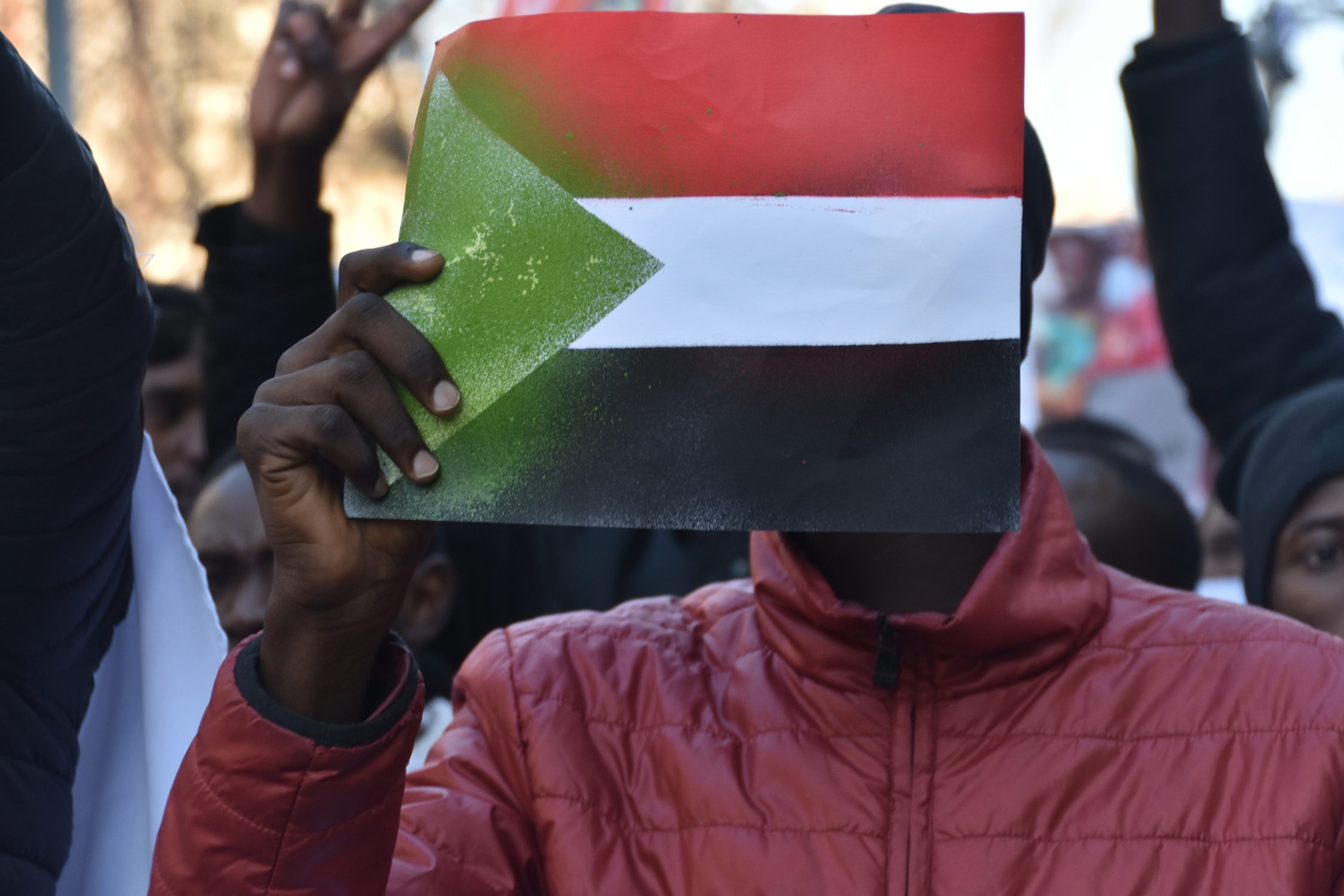The current issue of African Security Review includes several papers that developed out of research from the World Peace Foundation’s African Peace Missions research program, directed by Mulugeta Gebehiwot Berhe. The articles in this issue are open access, and we will be posting key excerpts from each on this blog. The African Peace Missions program culminated in a report submitted to the African Union, African Politics, African Peace, that charts an agenda for peace in Africa, focusing on how the African Union can implement its norms and use its instruments to prevent and resolve armed conflicts.
Below is an excerpt from “AMISOM: Charting a new course for African Union peace missions” by Dawit Yohannes Wondemagegnehu and Daniel Gebreegziabher Kebede.
Lasting peace in Somalia remains elusive. Since the collapse of the Siyad Barre government in 1991, Somalia has been the site of both failed interventions and policies of neglect. In 2007, the entry of the African Union Mission in Somalia (AMISOM) promised a new opportunity to: 1) reduce the threats posed by al-Shabaab; and 2) create an enabling environment in which to consolidate state institutions and promote dialogue and reconciliation among the protagonists. However, the profound obstacles that have bogged down every previous mission remain – AMISOM operates in a fluid political landscape marked by the absence of stable political agreement amongst the main parties to the conflict. The Federal Government of Somalia (FGS) is still new and fragile, and disputes within the Somali polity continue to vex state-building and stabilisation efforts. At the same time, terrorist and insurgent groups including (but not limited to) al-Shabaab have proved pernicious, resolute, and adaptable in their efforts to undermine any progress toward the FGS’s consolidation.
In this environment, and given past failures, AMISOM was designed and still operates differently from a traditional peace support operation (PSO) in ways that have created follow-on challenges. Firstly, AMISOM has had to become a ‘party to the conflict’: in order to protect Somalia’s transitional federal institutions (TFIs) in a high-threat environment, the mission conducts active counter-insurgency and counterterrorism operations. Secondly, troops from Somalia’s neighbours constitute the bulk of AMISOM’s forces. Finally, AMISOM’s logistical support, provided by the United Nations (UN), was designed for traditional peacekeeping operations and thus has not been a perfect fit for the mission’s needs.
AMISOM is ongoing, and will likely not be the last atypical PSO. This article thus aims to examine the mission’s distinct features to gain useful insights into the best way forward. Specifically, this piece focuses on four key aspects of the mission. The first aspect is the mandating process, which covers the political processes and needs that led to the creation of AMISOM and that also – in an attempt to meet the distinct interests of many different stakeholders – dictated the mission’s structure and deployment. This is followed by an exploration of AMISOM’s mission support arrangements, including both strategic and operational-level challenges. This section uses AMISOM as a window through which to examine the plans of the African Union Commission (AUC) to deal with the limitations of the existing logistic structures in Somalia. Third, the article assesses the legal and normative frameworks, as well as practical challenges that shape AMISOM’s interactions with the Somali National Security Forces (SNSF). This section further examines AMISOM’s contribution to building the capacity of the SNSF as an instrument with which to realise the longer-term goal of stabilising Somalia. Finally, AMISOM’s contribution towards articulating an African peace mission doctrine is evaluated. To this end, the study suggests the need for a contextual interpretation of major peace operation norms such as neutrality and the use of force, the need for an operation-driven logistical support concept and structure capable of leveraging local capacities, and finally the need to ensure the ‘primacy of politics’.
As a contemporary peace support mission unfolding amidst a growing peace and security scholarship, AMISOM has evoked and received a wide range of scholastic interest. Most works have focused on the evolution of the mission and its impact on the conflict. Scholars such as Bronwyn E. Bruton and Paul Williams have analysed the lessons learned for counter-insurgency from AMISOM’s experience. In a number of studies, Williams – both singly and in collaboration with others – has assessed AMISOM’s contribution to enhancing the partnership for peace and security between the African Union (AU) and the UN. A few others have examined specific aspects of the mission, such as its support arrangements or lessons for specific future AU missions, such as Mali. Recently, Paul Williams and Abdirashid Hashi explored possible scenarios on the mission’s exit strategy.Building on these and other PSO literature, this article analyses AMISOM’s experience and its contribution to articulating the AUC’s PSO doctrine and policymaking.
This article is based on an extensive review of official documents and academic literature on AMISOM, complemented by in-depth interviews with military commanders and senior political officials from AMISOM, its troop and police contributors, the Somalia Federal Government, and UN personnel. The study focuses on the mission’s evolution up to September 2015; therefore, developments in the logistic support structures and security sector developments after the specified period are not covered.


